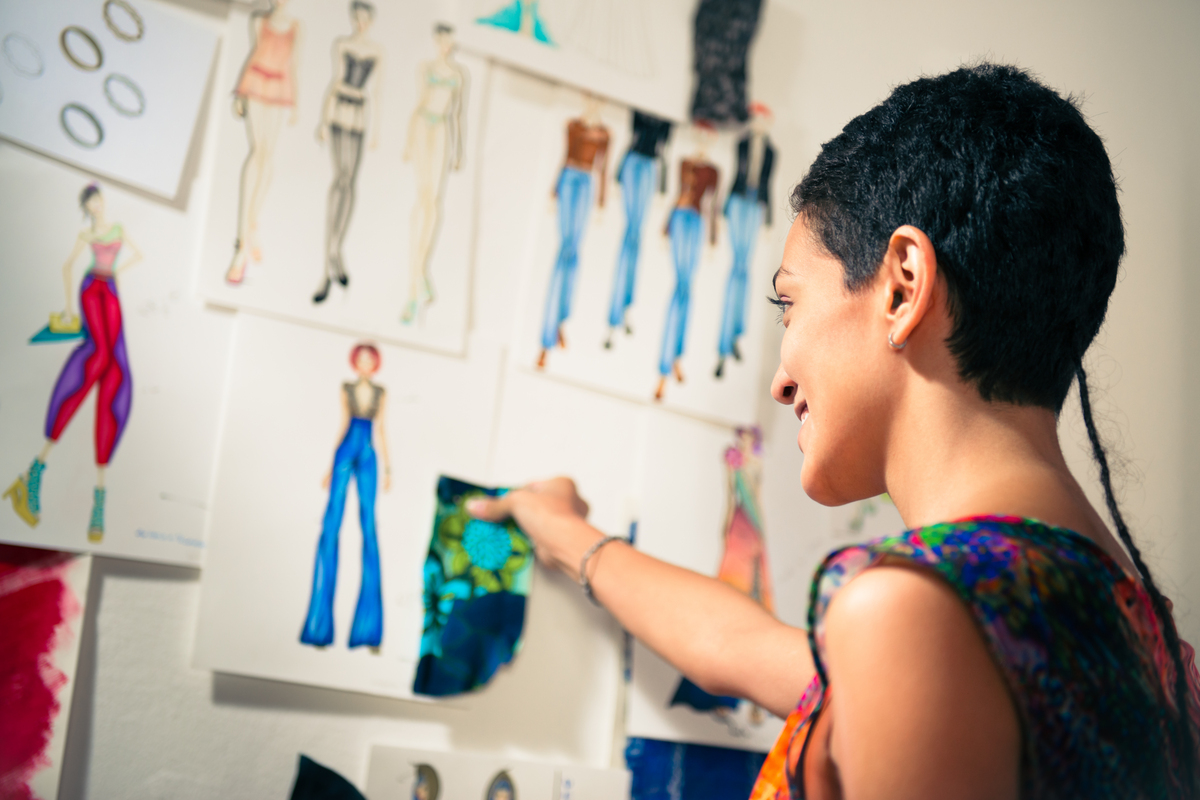In recent years, the integration of animation in museum exhibitions and installations has opened up a world of possibilities for engaging and immersive visitor experiences. This innovative approach to storytelling and presentation has revolutionized how museums communicate ideas, history, and culture to their audiences.
By blending traditional exhibition techniques with cutting-edge animation technology, museums can create dynamic and interactive environments that captivate visitors of all ages.
In this article, we will explore the vast potential of animation in museum settings and delve into the top 10 jobs in this exciting and evolving industry.
Curator of Digital Media
As museums incorporate more animation into their exhibitions, the role of the curator of digital media becomes increasingly important. This professional is responsible for selecting and organizing digital content, including animation, to enhance the overall visitor experience.
They work closely with artists, designers, and educators to create cohesive and engaging exhibitions that utilize animation to its full potential.
Exhibition Designer
An exhibition designer plays a crucial role in incorporating animation into museum displays. They are responsible for creating layouts that seamlessly integrate animation elements, such as video projections, interactive displays, and digital storytelling platforms.
By working closely with curators and multimedia specialists, exhibition designers bring a cohesive vision to life that enhances the narrative and aesthetic appeal of the exhibition.
Multimedia Specialist
A multimedia specialist specializes in creating and implementing various forms of digital media, including animation, in museum exhibitions. They possess expertise in software tools and technologies that enable them to produce high-quality animations that align with the museum’s goals and themes.
Multimedia specialists collaborate with curators and designers to ensure that the animation complements the overall exhibition concept and engages visitors effectively.
Interactive Media Developer
Interactive media developers play a key role in designing and developing interactive experiences that incorporate animation in museum installations. By combining animation with interactive technologies such as touchscreens, motion sensors, and virtual reality, these professionals create immersive and participatory exhibits that encourage visitor engagement and exploration.
Their expertise in user experience design and interactive storytelling enhances the overall impact of animation in museum settings.
Digital Content Producer
A digital content producer is responsible for creating and managing digital content, including animations, for museum exhibitions and installations. They work closely with curators and designers to develop compelling storytelling strategies that utilize animation to convey complex ideas and narratives.
Digital content producers also oversee the production process, ensuring that the animation aligns with the museum’s branding and educational objectives.
Media Artist
Media artists are creative professionals who specialize in using animation and other digital media to create innovative artworks for museum exhibitions. Their unique blend of artistic vision and technical skills enables them to produce visually stunning animations that provoke thought and evoke emotions in viewers.
Media artists collaborate with curators and exhibition designers to develop original and impactful animations that enhance the overall aesthetic and thematic content of the exhibition.
Educational Program Developer
Educational program developers play a vital role in utilizing animation as a tool for learning and engagement in museum settings. They design and implement educational programs that incorporate animated content to enhance the visitor’s understanding of complex concepts and historical narratives.
By integrating animation into workshops, tours, and interactive activities, educational program developers create enriching experiences that cater to diverse audiences and learning styles.
Digital Preservation Specialist
Digital preservation specialists are responsible for ensuring the long-term preservation and accessibility of digital assets, including animations, in museum collections. They employ best practices and technologies to safeguard digital content from deterioration, obsolescence, and loss, thereby preserving the cultural and historical significance of animation for future generations.
Digital preservation specialists collaborate with curators and archivists to establish protocols for the storage, retrieval, and conservation of digital assets within the museum’s collection.
Augmented Reality Developer
Augmented reality developers leverage animation and AR technologies to create immersive and interactive experiences for museum visitors. By overlaying digital content onto the physical environment, these professionals enhance the visitor’s perception and engagement with the exhibition space.
Augmented reality developers collaborate with curators and exhibition designers to design AR experiences that blend seamlessly with the museum’s physical displays, offering a new dimension of storytelling and exploration.
Visitor Experience Coordinator
Visitor experience coordinators focus on creating memorable and engaging experiences for museum visitors through the strategic use of animation and digital media. They oversee the implementation of interactive elements, such as animated displays, multimedia kiosks, and virtual tours, to enhance the visitor’s journey through the exhibition.
Visitor experience coordinators collaborate with cross-functional teams to ensure that the animation aligns with the museum’s interpretive goals, accessibility requirements, and audience demographics, ultimately shaping a positive and immersive experience for all visitors.
Conclusion
In the dynamic landscape of museum exhibitions and installations, animation has emerged as a powerful tool for storytelling, education, and engagement. By harnessing the creative potential of animation and integrating it into various facets of museum design and programming, institutions can enrich the visitor experience and foster a deeper connection with their collections and narratives.
As the demand for innovative and immersive museum experiences continues to grow, professionals in the animation industry play a pivotal role in shaping the future of museum exhibitions and installations.
Key Takeaways:
- Animation has revolutionized museum exhibitions by offering engaging and immersive experiences for visitors of all ages.
- Professionals like Curators of Digital Media, Exhibition Designers, and Multimedia Specialists play key roles in integrating animation effectively into museum displays.
- Interactive Media Developers and Digital Content Producers enhance visitor engagement through interactive animation experiences.
- Media Artists and Educational Program Developers use animation to create impactful and educational content for museum exhibitions.
- Digital Preservation Specialists ensure the long-term preservation of digital assets, including animations, in museum collections.
- Augmented Reality Developers and Visitor Experience Coordinators utilize animation to create immersive and memorable experiences for museum visitors.
Consider enhancing your skills in the animation industry by enrolling in the NYU Animation Industry Essentials online course and certificate program offered by Yellowbrick. This program can provide you with the knowledge and tools necessary to succeed in this dynamic and evolving field.
Explore the endless possibilities of animation in museum exhibitions and installations and embark on a rewarding career journey in the exciting world of animation.








